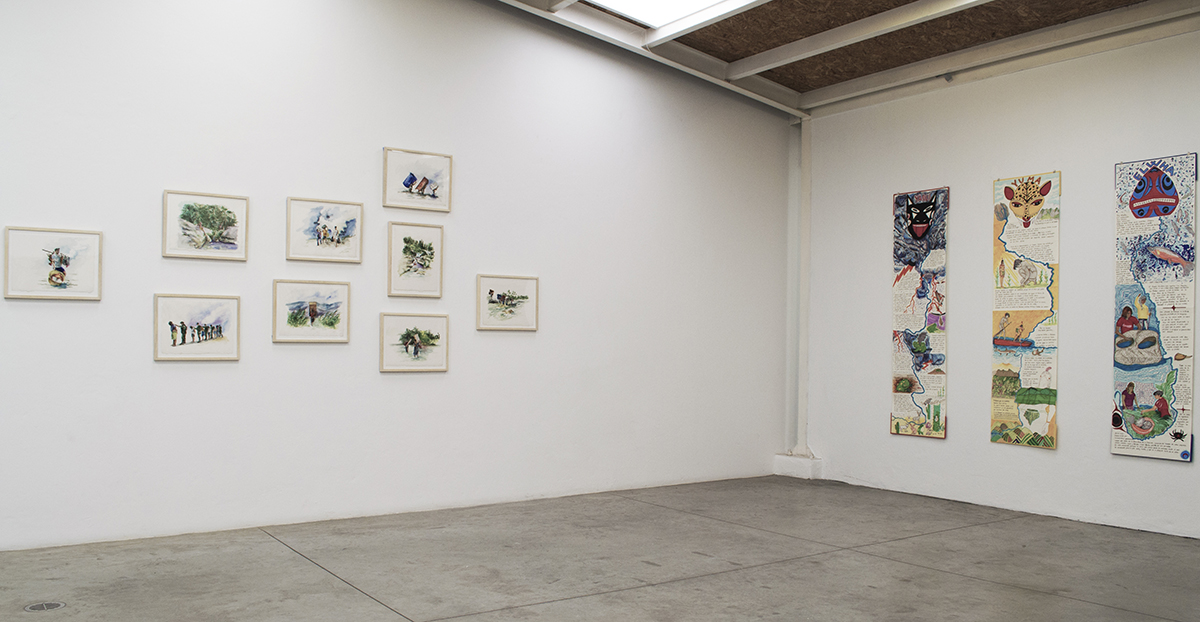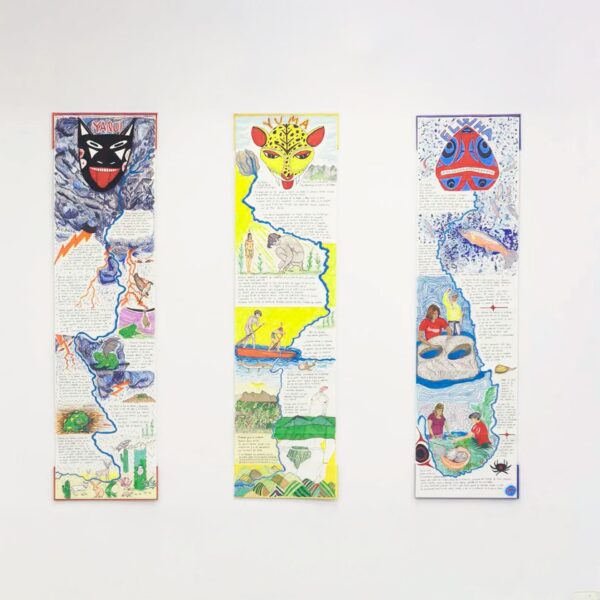




Entre Caníbales
The “Entre Caníbales” exhibition offers an opportunity to reflect on colonization processes and their effects on human communities, nature and food. A specific example featured in the exhibition is the cruiser Lyubov Orlova, the final destination of which is unknown. For several years, this ship has been sailing the oceans with a crew of rats who have turned cannibalistic to survive. This image of a colony of cannibalistic rats is a powerful metaphor for understanding the consequences of colonization and how isolated communities can develop societies that differ from the norms of civilization. It is important to consider the perspective of the rats resisting being dominated by the other cannibalistic rats and how this can symbolize the resistance of the colonized communities.
The Lyubov Orlova cruise ship, built in Yugoslavia in 1976, has been wandering the oceans for several years with a crew of hundreds of rats that have been eating each other to survive. This image of cannibal rats forming a colony evokes science fiction stories in which isolated communities generate societies indifferent to civilization or, at least, to the laws that normalize civilization. This anarchic state can be understood in reality through the Judeo-Christian imaginary as the idea of hell, because the coordinates that govern these communities have their own natural order that is difficult for minds tortured by years of indoctrination to decipher.
Another way of interpreting the terrifying anecdote of the cursed ship is to think of a society in which some of the rats are not cannibals and resist as best they can the violent domination of their wives.
Entre Caníbales is an exhibition that brings together works by Carolina Caycedo, Noemí Pérez, Laura Huertas, and María Buenaventura who share an interest in examining the tools, consequences, and catastrophes of colonization processes on human communities, nature, and food.
among cannibals
The Lyubov Orlova cruise ship, built in Yugoslavia in 1976, has been wandering the oceans for several years with a crew of hundreds of rats that have been eating each other to survive. This image of cannibal rats forming a colony evokes science fiction stories in which isolated communities generate societies indifferent to civilization or, at least, to the laws that normalize civilization. This anarchic state can be understood in reality through the Judeo-Christian imaginary as the idea of hell, because the coordinates that govern these communities have their own natural order that is difficult for minds tortured by years of indoctrination to decipher.
Another way of interpreting the terrifying anecdote of the cursed ship is to think of a society in which some of the rats are not cannibals and resist as best they can the violent domination of their wives.
Entre Caníbales is an exhibition that brings together works by Carolina Caycedo, Noemí Pérez, Laura Huertas, and María Buenaventura who share an interest in examining the tools, consequences, and catastrophes of colonization processes on human communities, nature, and food.
Bogotá
Carrera 23 # 76-74
Barrio San Felipe, Bogotá
Tel. +57 (60) 1 3226703
Lunes a Viernes
10:00 am a 05:30 pm
















